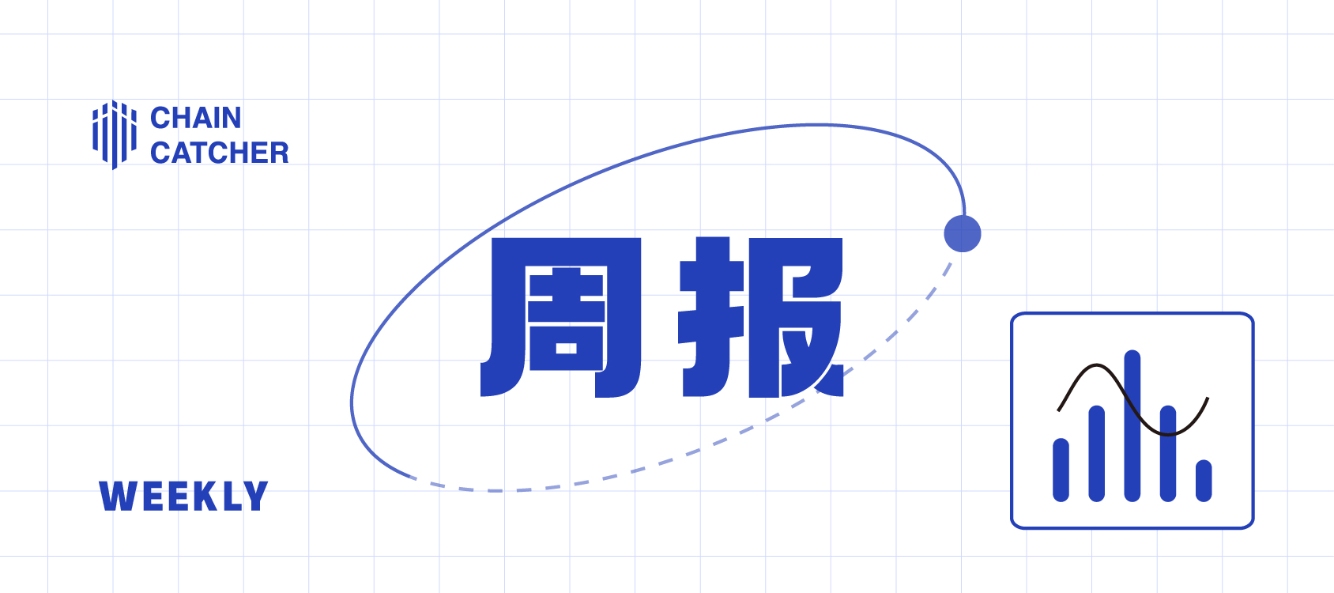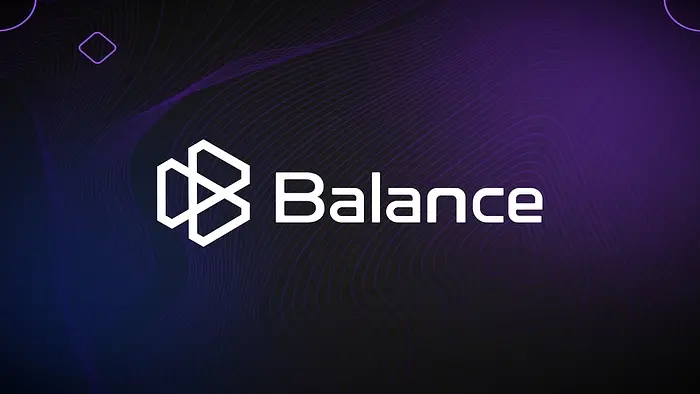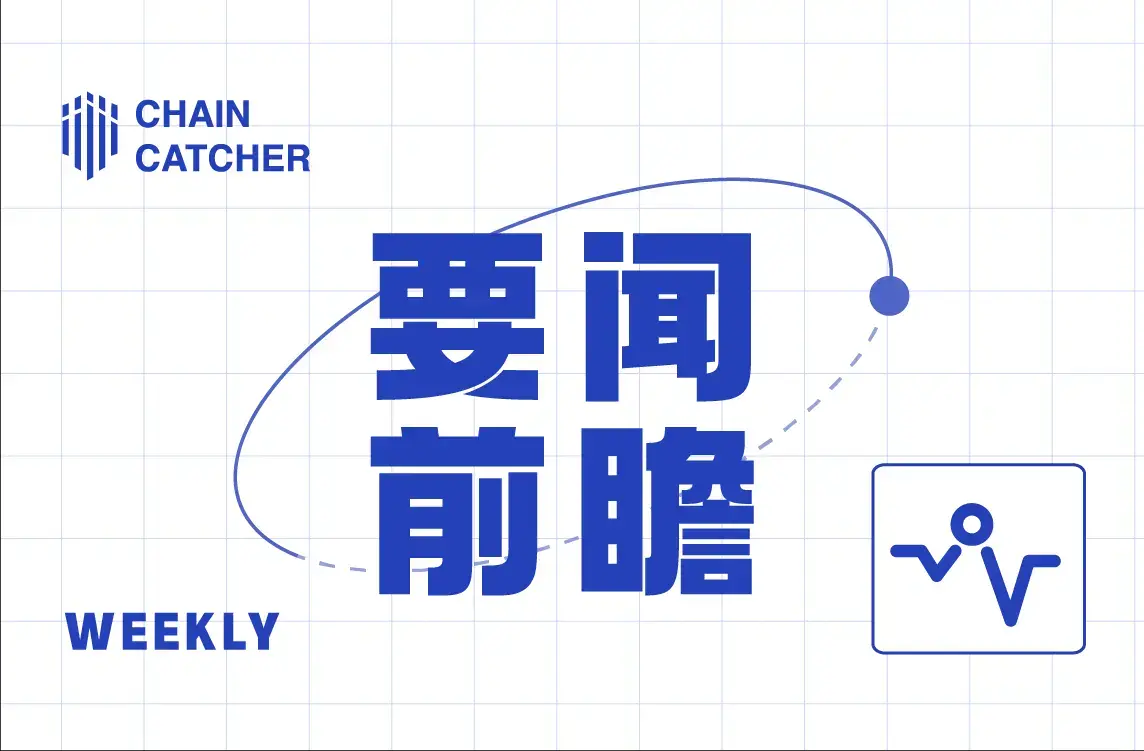Weekly Report | Over 40 crypto projects will unlock $755 million in assets in July; Binance decides to take strict measures to combat account abuse; Bitfinex analyst: Trump's election will benefit the regulatory environment for the U.S. cryptocurrency industry
Organizer: Luan Peng, ChainCatcher
"What Important Events Happened This Week (6.24-6.30)"
1、Certik: Nearly $200 Million Lost in Web3 Due to Security Incidents in June
According to Certik data, approximately $198.3 million was lost in the Web3 sector in June due to exploits, hacks, and scams, making it the second-highest monthly loss in 2024. Additionally, $1.3 million was refunded in security incidents.
Among these, exit scams accounted for about $4.8 million, flash loan losses were approximately $23.5 million, and exploit losses were around $171.3 million.
(Source Link)
2、IRS Finalizes New Regulations for Taxing Cryptocurrency
The IRS has finalized new regulations for taxing cryptocurrency, requiring crypto trading platforms to report transactions to the IRS starting in 2026. However, decentralized platforms that do not hold assets will be exempt.
These are the main points of the new regulations finalized by the IRS and the U.S. Treasury on Friday, essentially implementing a provision from the Biden administration's Infrastructure Investment and Jobs Act passed in 2021.
Even without these new regulations, cryptocurrency holders are required to pay taxes; however, there has not been a real standardization on how to report these holdings to the government and individual investors. Starting in 2026 (covering transactions from 2025), cryptocurrency platforms must provide standard 1099 forms, similar to those sent by banks and traditional brokerage firms. In addition to simplifying the tax process for cryptocurrencies, the IRS has stated it is working to combat tax evasion.
(Source Link)
3、Fed's Daly: If Inflation Remains Stable or Declines Slowly, Rates Need to Stay High Longer
Fed's Daly stated that inflation data shows signs of cooling, and the policy effects are in line with expectations. If inflation remains stable or declines slowly, rates will need to stay high for a longer period. If inflation decreases or the labor market changes, the Fed can adjust its policy accordingly.
(Source Link)
4、Hong Kong SFC: "Tokencan," "Hong Kong Wei Coin Crypto Assets," and Others Suspected of Engaging in Fraudulent Activities Related to Virtual Assets
The Hong Kong SFC today warned the public to be cautious of entities operating under the names "Tokencan," "Hong Kong Wei Coin Crypto Assets," and "HKD.com Corporation," which are suspected of engaging in fraudulent activities related to virtual assets and claiming to operate virtual asset trading platforms in Hong Kong without a license.
The Hong Kong Police have taken action to block related websites and social media pages. The SFC has also added "Tokencan," "Hong Kong Wei Coin Crypto Assets," and "HKD.com Corporation," along with their respective websites, to its warning list.
(Source Link)
5、Data: Over 40 Crypto Projects Will Unlock $755 Million in Assets in July
According to Cointelegraph, more than 40 crypto projects will unlock $755 million worth of crypto assets in July.
According to Token Unlocks data, the project with the largest unlock in July is AltLayer (ALT), which is expected to unlock 684 million tokens worth about $125 million on July 25. Following closely is Xai (XAI), which will unlock tokens worth about $93 million on July 9. Additionally, projects like Aptos, Arbitrum, Optimism, Sui, Immutable, and Starknet will also unlock a significant number of tokens in July.
(Source Link)
6、Bitfinex Analyst: Trump's Election Will Benefit the Regulatory Environment for the U.S. Crypto Industry
According to The Block, a Bitfinex analyst stated, "The Winklevoss twins, prominent figures in the crypto space, donated $2 million in Bitcoin to support Trump's campaign. This indicates that Trump is increasingly seen as a pro-innovation candidate within the crypto and traditional finance (TradFi) communities."
The Bitfinex analyst believes that a victory for Trump in November would mean a shift in the regulatory environment for the U.S. crypto industry, becoming more favorable. "During the campaign, Trump has shown support for Bitcoin and other cryptocurrencies, contrasting with the current administration's more cautious and regulatory-heavy approach. The Trump administration may prioritize establishing a clear and innovation-friendly regulatory framework to encourage innovation and investment in the crypto industry."
However, according to Moe Vela, a former senior advisor to Joe Biden, the audience in the debates is more concerned about which candidate is physically, mentally, and possibly morally fit to serve as president. "This debate is more about contrasting personalities, showcasing different leadership styles, and both octogenarians trying to prove their vitality, energy, and viability."
(Source Link)
7、Biden Campaign Hires Coinbase Advisory Board Member as 2024 Election Advisor
The Biden campaign has hired Keisha Lance Bottoms as a senior advisor for the 2024 election. Lance Bottoms served as the mayor of Atlanta from 2018 to 2022 and joined the Coinbase advisory board in April 2024 after resigning from her White House advisory role in 2023.
According to The Hill on June 27, Lance Bottoms will continue to stay with Coinbase during President Biden's campaign, which is expected to conclude with the U.S. voter elections in November. The news outlet reported that the former mayor stated that cryptocurrency is a "non-political, unifying issue." It is unclear whether Lance Bottoms will provide advice to the Biden campaign on cryptocurrency-related issues.
According to The Hill, Lance Bottoms previously stated at the Stand With Crypto Atlanta event, "Cryptocurrency provides an opportunity to enhance financial freedom for communities that typically lack bank accounts and are underbanked."
(Source Link)
8、Binance Decides to Take Strict Measures to Combat Account Abuse
Binance announced that it will take measures to combat account abuse and maintain the platform's compliance and market credibility. Binance discovered that some account functions were being abused, allowing users to gain unfair advantages, such as better rates or higher API limits. To ensure fairness on the platform and protect user interests, Binance will further strengthen monitoring of all account usage and related activities and investigate potential or suspected abuse incidents. When necessary, Binance will take appropriate actions, including suspending or terminating access to the relevant accounts.
Additionally, Binance encourages users to report account abuse and will reward verified cases of abuse. Users can report by emailing misuse-reporting@binance.com.
(Source Link)
9、Nigerian SEC Requires Crypto Companies to Complete Registration Within 30 Days or Face Enforcement Action
According to Decrypt, the Nigerian Securities and Exchange Commission (SEC) has given cryptocurrency exchanges and digital asset traders 30 days to re-register their businesses or face the risk of enforcement action.
The SEC stated that the new registration aims to amend its rules regarding digital asset issuance platforms, exchanges, and virtual asset service providers (VASP). In a statement on its website, it said, "All operating and potential VASPs must access the SEC electronic portal and complete the application process within 30 days from the date of this circular's release."
(Source Link)
10、Blast: Now the Sixth Largest On-Chain Economy
According to data disclosed by Blast, based on total locked value in Dapps and trading volume on decentralized exchanges, Blast is the sixth largest public chain, and in terms of fee payments, it ranks among the top five public chains. Within 100 days of its mainnet launch, the total locked value of BlastDapp grew to $2 billion, making it the fastest-growing public chain in history among all L1 and L2. Not only is the total locked value increasing, but Blast's daily trading volume and user count are also continuously rising, reaching new highs.
Additionally, Blast is the only chain with a native stablecoin, USDB. Unlike other chains that rely on third-party stablecoins and do not generate returns, Blast's USDB ensures that users retain the value of their earnings. USDB is already the fifth most used stablecoin globally and the fourth in terms of holdings.
(Source Link)
"What Great Articles Are Worth Reading This Week (6.24-6.30)"
1、“After ZRO and BLAST Airdrops, Project Parties and Yield Farmers No Longer 'Take Over'”
Although Blast's recent airdrop discussions about "airdrop is dead" have cooled down due to its lack of witch-hunting and consideration for fairness (specifically catering to some retail investors), the point system airdrop it represents is still not the path for Web3 projects.
Before the airdrop, Blast had already faced backlash for its point system gameplay. In March, the new point system introduced with the mainnet launch was criticized as PUA. The new rules required users to migrate their ETH points to the mainnet to enjoy a 10x expansion, but users had to pay over $50 in gas fees, which was too high a cost for small retail investors. Moreover, after migrating, users found that the expansion factor was a random number between 0-10x. Although the Blast team later fixed the bug, it left behind criticisms of the lack of transparency in the point calculation rules. Previously, the team had also secretly issued a large number of golden points to certain Dapps.
2、“Web3 Operations Embedded in Web2 Social Media, Could Blinks Pioneer a Commission Era on Solana?”
On June 25, the Solana Foundation announced the launch of two new features: Solana Actions (transactions) and Solana Blinks (blockchain links), which will allow users to connect and send transactions without leaving the current website.
The Solana Foundation stated that by using Actions and Blinks, any website that can display a URL can utilize these new features. In other words, a single link can embed on-chain activities, including Mint and Swap, into social media, reminiscent of the Frames feature on Farcaster.
3、“1kx: What Are the Bottlenecks and Breakthrough Points for Prediction Markets Like Polymarket?”
How should prediction markets like Polymarket address issues of insufficient liquidity, information asymmetry, and lack of users?
In the two years leading up to becoming a unicorn, Farcaster's founder took the most primitive approach to promote his social application: personally persuading Web3 individuals in his circle to join the platform, including Vitalik, who promoted Farcaster.
After thousands of grassroots promotions, Farcaster gained a group of elite seed users.
Web3 users led by early Twitter investor Fred Wilson announced their migration to Farcaster, with Vitalik's views often first published on Farcaster.
On May 21, Farcaster announced it had completed a $150 million financing round at a valuation of $1 billion.
Since the launch of the decentralized content platform Steemit in 2016, which opened the narrative for Web3 social, Web3 social has experienced eight long years.
Compared to the rise and fall of DeFi and GameFi, Web3 social is a more lonely story. Most of the early gold miners like Steemit and Bihu have ceased operations, while Lens, Damus, and friend.tech quickly fell into silence after creating brief sparks.
Farcaster seems to bring a glimmer of hope to Web3 social.
5、“Interview with Maverick COO Ada: How to Build a One-Stop Liquidity Operating System in DeFi?”
On the evening of June 19, Maverick V2 was launched as scheduled, and the positive news led to a more than 10% increase in the price of the MAV token on that day.
Maverick has been working to improve LP yield and capital efficiency.
High capital efficiency means that, with the same amount of liquidity, the funds in the Maverick platform's pools can generate more trading volume, and the more trading volume the pools have, the more LP yield will be directly converted.
Ada, who previously excelled in traditional finance, now serves as Maverick's COO. In an interview with ChainCatcher, she stated, Maverick V2 makes the platform not just an AMM or DEX solution provider, but a one-stop liquidity operating system (LiquidityOS).
She explained that the LiquidityOS concept proposed by Maverick is analogous to Apple's iOS operating system, supporting developers to customize and develop any liquidity tools and solutions on the platform.
On Maverick V2, token project parties can solve all liquidity-related issues in one stop, from initial liquidity construction layout to choosing incentives for liquidity growth and finally enhancing liquidity stickiness.
Data shows that Maverick's trading volume ranks in the top three across multiple chains, and its products have been recognized by core players in DeFi. When new Layer 2 networks choose to introduce DEX or AMM upon launch, they often prioritize selecting from Uniswap, Curve, and Maverick. Additionally, Maverick V2 has attracted well-known projects like Lido, Swell, EtherFi, Ethena, USDe, and Liquity for collaboration and deployment.
If we talk about who left a significant mark in Bitcoin's history, Mt. Gox is undoubtedly one of them. This exchange, which once held over 70% of the global Bitcoin trading market, has a journey from glory to bankruptcy that is both dramatic and leaves profound lessons.
The story of Mt. Gox began in 2010 when it was founded by a programmer named Jed McCaleb. Initially, Mt. Gox was a trading platform for "Magic: The Gathering" cards, named after the abbreviation for "Magic: The Gathering Online Exchange." In July 2010, McCaleb keenly recognized Bitcoin's potential and transformed the platform into a Bitcoin exchange. This decision provided a new trading platform for Bitcoin, making digital currency trading more convenient. McCaleb's vision and innovative spirit laid the foundation for the Bitcoin trading market, but it also opened the door to Mt. Gox's tumultuous history.
The compensation process for Mt. Gox has been particularly lengthy and has recently sparked renewed discussion. So, what impact will the Mt. Gox compensation have on the crypto market? How low could BTC prices potentially drop? Can the crypto market experience a reversal after a downturn? Why is this considered the best time for Mt. Gox compensation?
8、“Ethereum Spot ETF is Coming, Should We Be Bullish or Bearish?”
The market is bleak, but there are indeed many news items related to Ethereum.
There have been frequent positive news surrounding the Ethereum spot ETF. First, ConsenSys announced that the SEC has stopped its investigation into Ethereum's securities issues, and then there are market rumors that the Ethereum spot ETF is expected to be approved for launch on July 2. Standard Chartered Bank is also getting involved, reportedly planning to build a trading platform for Bitcoin and Ethereum.
Despite the abundance of news, the market remains subdued, and with Bitcoin briefly dropping below $60,000, Ethereum has also fallen back below $3,400. However, when comparing Ethereum's drop to $2,900 at the end of May due to insufficient narrative, and looking at the recent decline elasticity of mainstream coins, it can be seen that the expectations for the spot ETF still provide strong price support for ETH.
At this point, the long-awaited Ethereum spot ETF is about to be launched, and its performance post-listing has become a focal point of industry discussion. Will it quickly slide down, or can it be saved by institutional capital? The market has sharply divided opinions on this.
This year's Ethereum trend can be described as full of ups and downs, but from the main narrative, it revolves around the Cancun upgrade and the hype surrounding the E spot ETF.
On March 13, the Cancun upgrade was completed, and ETH reached a peak of $3,981. After that, as the ETF news turned negative, the price fell sharply, only to rebound to $3,600 overnight after a significant reversal, followed by continued high-level fluctuations in sync with the market.
Recently, on the streets of Iran, in subway stations, taxis, and buses, you can see people tirelessly clicking on their mobile screens. Most of these seemingly leisurely Iranians are users of Hamster Kombat. Their mechanical clicking is not for fun, but to earn money.
Hamster Kombat, a click-based mini-game based on Telegram, has attracted thousands of Iranian users, with its core gameplay revolving around earning coins through clicking. Such a simple casual game would typically go unnoticed in traditional gaming. However, in the cryptocurrency industry, linking "clicking" with "earning money," especially after Notcoin's success in proving the value and feasibility of the "Tap to Earn" mechanism, has led to a rapid influx of similar projects, all achieving quick growth. Hamster Kombat stands out among them, even showing signs of surpassing its predecessors.
On June 24, Hamster Kombat announced on X that its player base had reached 200 million, while its project accounts on X and YouTube had 9.8 million and 28.7 million subscribers, respectively. From the perspective of user scale, this mini-game, which only launched in March this year, is undoubtedly the most attention-grabbing phenomenon after Notcoin. However, the recently popular Hamster Kombat in Iran is clearly not favored by the local government and mainstream media.
10、“NFT Track Mid-Year Report: Volatile, Who Are the 'Big Winners' Behind the Scenes?”
In December 2023, the total trading volume of the NFT market reached a record level. According to data from NFT Pulse, NFT sales on the Bitcoin network exceeded $881 million for the first time, setting a new monthly sales record. This figure significantly surpassed sales on Ethereum and Solana, with Ethereum's NFT sales at $365 million and Solana at $325 million. Overall, the total trading volume of the NFT market in December 2023 reached approximately $1.7 billion.
However, in January 2024, the trading volume of the NFT market dropped to $1.28 billion, a decrease of 24.7% from December 2023. Yet, the overall trading volume in the first half of 2024 showed a trend of rising and falling, peaking at $2.157 billion in March 2024. In May, the total trading volume of NFTs plummeted from $1.38 billion in April to $795 million, a decline of 42%. The trading volumes of NFTs on Bitcoin, Ethereum, and Solana decreased by 80.5%, 20%, and 50.1%, respectively. The number of NFT traders in May also declined compared to previous months, especially on Bitcoin, where the number of traders dropped from 393,000 in April to 114,400.















